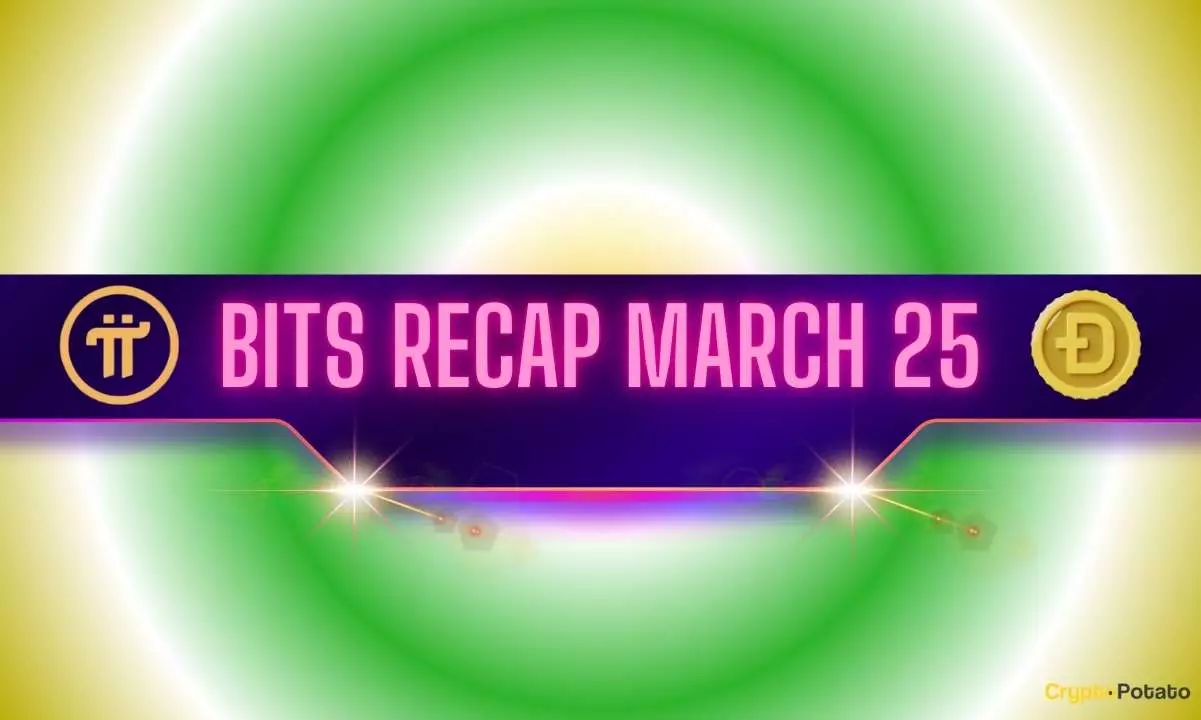The cryptocurrency arena has become a proverbial Wild West, with new projects surfacing left and right and a vocal community eager to hop aboard the next big thing. One such recent project, Pi Network, made headlines when it launched its Open Network and the highly-anticipated PI token on February 20. While many celebrated the arrival of a new digital currency, the post-launch reality has proven to be tumultuous. Instead of cruising smoothly, PI’s valuation plummeted from a high of nearly $3 to hovering around $0.92 in a matter of weeks. This article delves deep into the chaotic trajectory of the PI token, revealing insights that underscore the unpredictable nature of blockchain-based assets.
Unmasking the Hype
The hype surrounding the Pi Network resembled that of previous crypto phenomena, characterized by ambitious promises and a user-friendly approach that has lured in millions of participants. Initially, investors flooded the market as user enthusiasm drove the price upward to nearly $3. Yet, like a burst balloon, the subsequent decline was not only swift but also starkly reflective of the volatility inherent in crypto markets. It raises an important question: how reliable is crowdshaping in determining a cryptocurrency’s value? The high points of PI’s price might have been a product of sheer speculation rather than genuine market fundamentals, leaving many pondering whether the entire growth was a mirage.
The Binance Conundrum
Adequately showcasing the tension between investor expectations and corporate decisions is the current situation with Binance. A significant majority—over 86%—voted in favor of listing the PI token on the platform, only to be met with disillusionment as Binance sat on the results. This indecision highlights an uncomfortable truth about centralized exchanges: they can exert considerable control over the fate of a token and its community. The apparent disregard for users’ voices contradicts the decentralized ethos many cryptocurrency advocates espouse, further fueling skepticism among PI advocates. Is the allure of decentralized finance just a façade when traditional powers wield such influence?
A Deadline and Its Damning Effects
The Pi Network’s decision to firmly set March 14 as the cut-off date for a KYC process could spell disaster for many users who hadn’t completed the necessary steps. In a marketplace rife with uncertainty, this swift deadline added a layer of anxiety to an already precarious situation. Many may lose their initial investments, and though some might argue that personal responsibility dictates financial success, the harshness of forfeiting accrued tokens feels particularly cruel in an ecosystem that promises innovation and opportunity. Such measures appear to prioritize a narrow definition of security over the inclusivity cryptocurrency supporters tend to advocate.
Two-Factor Authentication: The New Hurdle
Another layer of complication emerged as specific users were informed they needed to complete two-factor authentication through a trusted email prior to the migration of their PI holdings to the mainnet blockchain. This additional barrier raises serious concerns about accessibility and usability within the ecosystem. Financial technology thrives on lowering barriers to entry, not creating them. By imposing such processes, does the Pi Network risk alienating some of its most loyal supporters? In a digital age where user experience should reign supreme, stuffing a complex process into a fundamentally simple idea fundamentally contradicts its mission.
The Telegram Wallet: A Double-Edged Sword
Adding confusion to the already convoluted narrative, news circulated that PI investors can now see their tokens appear in the official wallet of Telegram. While integrating with this popular platform seems like a blessing, it poses a larger question about the sustainability of partnerships. Leveraging established platforms for visibility is one strategy for growth; however, relying solely on these partnerships to foster value can lead to eventual disillusionment. The question arises: without substantiative growth driving value, will such integrations transform into liabilities rather than assets in the long run?
The Meme Coin Competition
Meanwhile, the broader market continues to witness substantial fluctuations, with meme coins like Dogecoin and Shiba Inu rising amid industry scrutiny. The resurgence of these meme coins—driven by quirky marketing tactics and community engagement—contrasts sharply with PI’s struggles. The explosive gains in market capitalization for these minor assets serve as a haunting reminder of how the essence of cryptocurrency, often rooted in community backing, can sustain its value more robustly than a project that neglects its user base. It forces a critical question: in the quest for mainstream acceptance, is Pi Network inadvertently shaping itself into just another failed experiment rather than a revolutionary venture?
In light of these hurdles, the narrative that surrounds the PI token is essential for anyone considering entering the crypto space. The fluctuating values, user disenfranchisement, and growing competition paint a cautionary tale about the cryptocurrency industry’s volatile landscape. The lesson? Caution and due diligence must take precedence over blind enthusiasm.


Leave a Reply